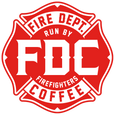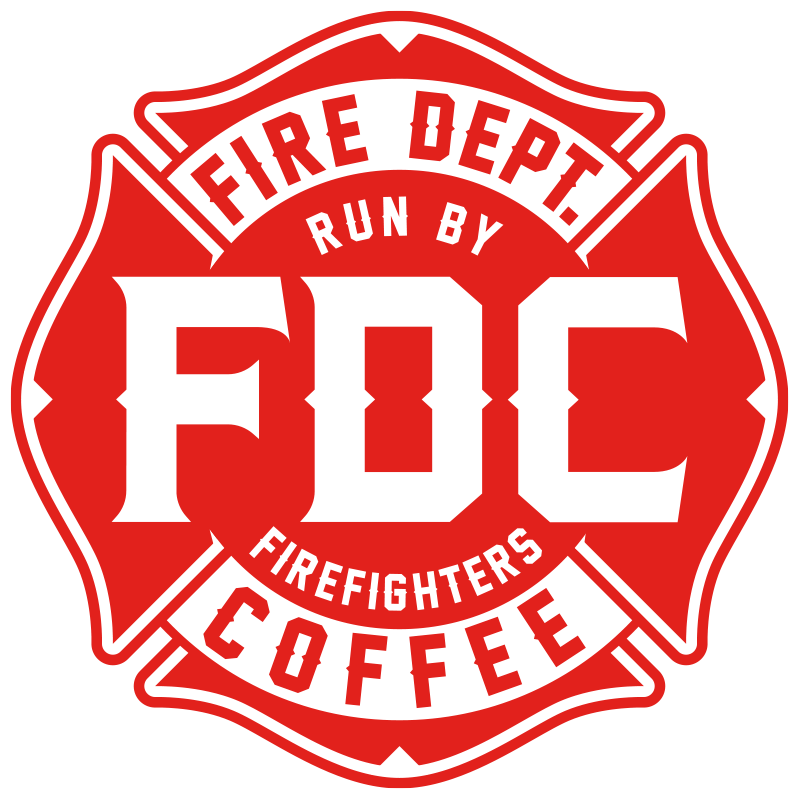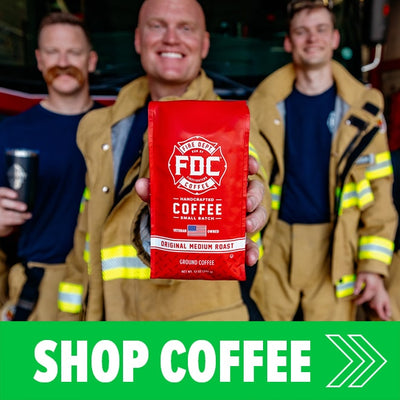November 18, 2020
Tired of brewing bitter cups of joe that taste like sadness? Understanding coffee extraction isn’t a fancy technical whim reserved to barista champions and hipsters: it can actually help you brew perfect-tasting coffee on a daily basis. Forget about confusing jargon! We’ll explain it to you in a simple way, from one coffee lover to another.
Understanding Coffee Extraction to Brew the Perfect Cup
What is coffee extraction?
Coffee extraction simply refers to the process of dissolving coffee grounds with hot water: as it submerges or drips through them, it takes away substances like acids, sugars, carbohydrates, lipids and caffeine. However, it doesn’t happen all at once. By controlling extraction, you control which and how many of these substances are dissolved, influencing the final profile and flavor of your cup.
There are two types of extraction:
Infusion brewing: the hot water is poured onto the coffee grounds and drips through them, just like with manual pour overs or automatic drippers; the extraction process can be facilitated by pulse pouring techniques that agitate the grounds or by letting the coffee bloom for 30 seconds in order to get rid of the trapped CO2;
Immersion brewing: with methods such as French press or AeroPress, the coffee grounds are fully immersed in hot water and left to steep for a few minutes.
What factors affect coffee extraction?
Learning how each variable influences the flavor of your coffee will allow you to tweak them—one at a time!—in order to achieve your desired result.
Grind size
This increases or reduces the surface area of the bean that is exposed to the hot water. Therefore, a finer grind will speed up extraction—for example, quick espressos rely on very fine grinds— whereas a coarser one will slow it down, like with immersion brewing methods that last several minutes.
Investing in a coffee grinder will help you master this variable.
Coffee-to-water ratio
The recommended ratio is between 1:16 and 1:18, meaning that you should add 16 or 18 grams of water for every gram of coffee. Since espresso is much more concentrated, it’s 1:2.
Slightly lower ratios (e.g.: 1:12) can result in stronger coffee, whereas higher (e.g.: 1:20) will be weaker, but tweak them carefully: revolutionizing them can result in seriously under- or over-extracted java!
Water temperature
Let’s bust the myth of using boiling water! The recommended range is between 195 and 205°F (90-96 °C). The hotter it is, the more compounds it will extract, but too hot will result in a burnt taste and an over-extracted mess.
Brewing time
Because not all compounds are extracted at the same time, shorter brew times will focus on acids, while longer ones will extract more bitter elements. It all depends on the brewing method that you use, but, on average, brew time should be around 2-4 minutes, or 20-30 seconds for espresso.
Why is my coffee under- or over-extracted?
If your coffee lacks sweetness, tastes sour, and has a quick finish (the taste disappears shortly after drinking it), it’s under-extracted.
To fix this, you can try:
- a finer grind
- a higher coffee-to-water ratio
- a slightly higher temperature
- increasing the brew time.
If your coffee tastes bitter and burnt, feels dry, and lacks real flavor, it’s over-extracted.
Fix it by trying:
- a coarser grind
- a lower coffee-to-water ratio
- a slightly lower temperature
- a shorter brew time.
Not as complicated as you feared, right? It will certainly take some practice, but we promise you that understanding coffee extraction is the first step towards the best cup of joe you’ve ever brewed and tasted. Which makes it worth it, doesn’t it?
Leave a comment
Comments will be approved before showing up.
Also in Fire Department Coffee News
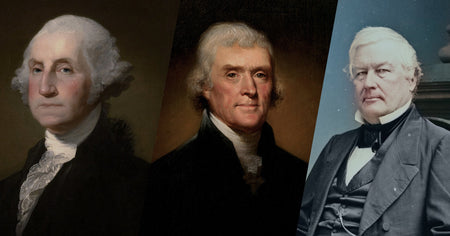
Celebrating America’s Firefighting Presidents
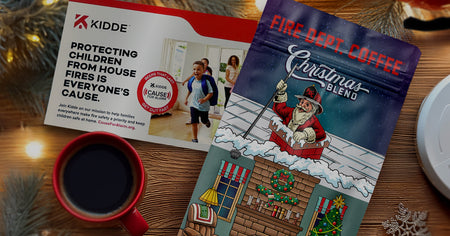
Fire Department Coffee and Kidde Working Together to Promote Fire Safety
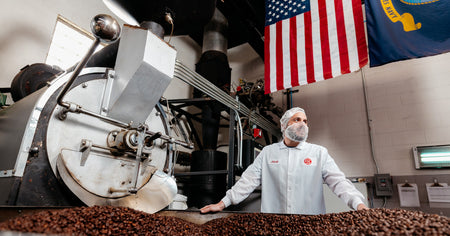
From Barista to Coffee Expert: Fire Dept. Coffee's Jacob Ball Brews Success
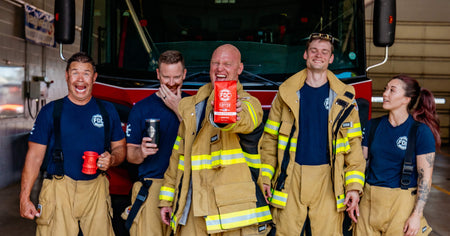
Get to Know the Hilarious, Hardworking Team Behind FDC Videos
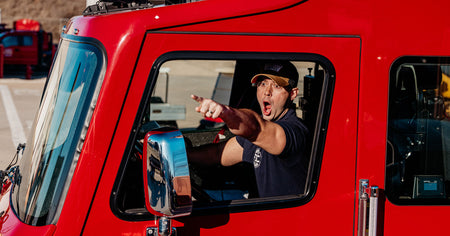
From Fan to Family: How Lance Woodruff Became an FDC Star
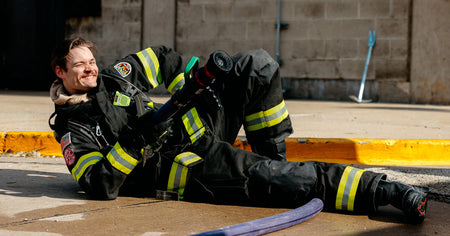
Marine, Musician, Firefighter: Josh Kennedy is Doing It All
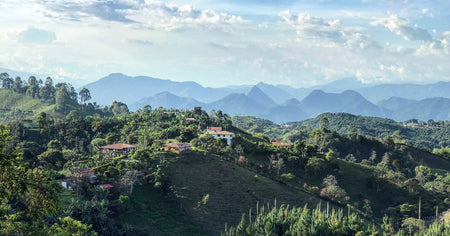
January's Coffee of the Month Club Kickstarts a Journey to 100% Direct Trade Coffee
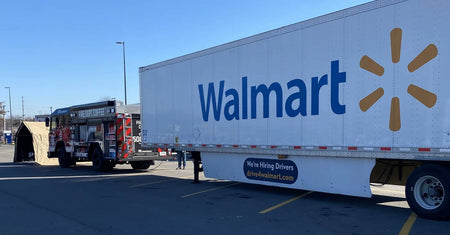
FDC Mobilizes Rosenbauer Fire Truck for Tennessee Tornado Relief
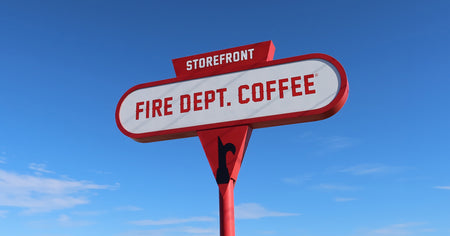
Fire Dept. Coffee's First Retail Shop Opens in Rockford, IL
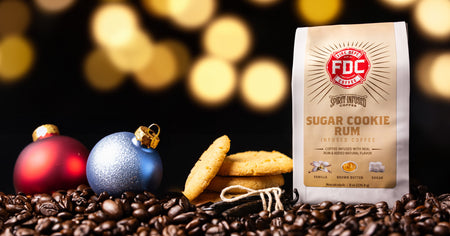
Sugar Cookie Rum Infused Coffee - Spirit Infused Coffee Club

Fire Dept. Coffee Bound for Walmart Shelves After Open Call Event

Raising Our Mugs for Firefighter Appreciation Month
FOLLOW OUR JOURNEY, GET SPECIAL OFFERS AND PROMOTIONS
- SPIRIT INFUSED COFFEE
- Bourbon Infused Coffee
- Whiskey Infused Coffee
- Rum Infused Coffee
- Tequila Infused Coffee
- Spirit Infused Coffee Club
- Spirit Infusion Process
GEAR
© 2025 Fire Department Coffee, Inc.
